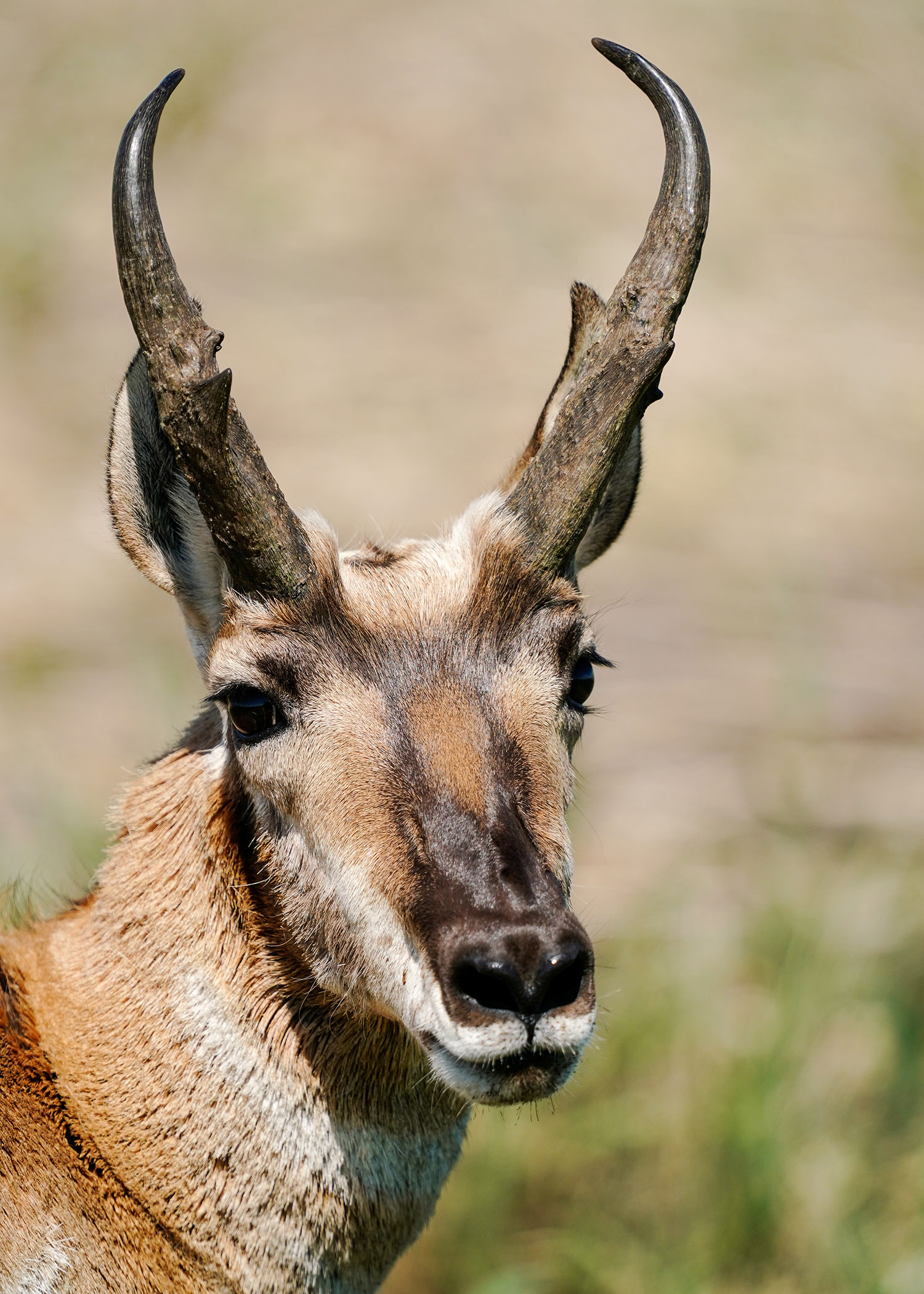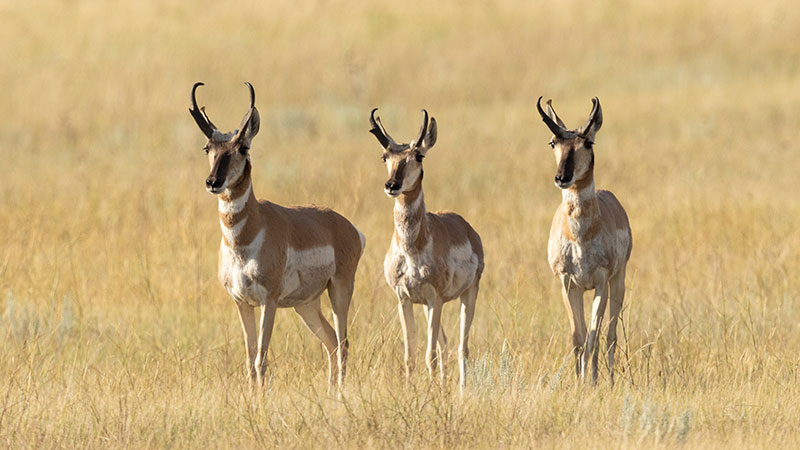Nice Pronghorn Bump
Ron Wilson

There were no surprises heading into the pronghorn hunting season last fall.
Following winter of 2022-23, an ugliness that hung around for six months, the Game and Fish Department made available just 420 licenses in eight of 17 hunting units after determining the population took a significant hit.
Heading into this fall following a much more agreeable winter, things are different.
“We just finished our recent annual pronghorn survey and we are pleasantly surprised,” said Bruce Stillings, Department big game supervisor, of the 10-day aerial survey that is typically completed before mid-July.
“Overall, pronghorn are up about 30%, which is really good news.”
Stillings said if you rewind just a bit, the population saw a 40% decline following winter of 2022-23, which he described as one of the most extreme on record.
“Of course, last winter was very mild and we saw a nice bump in the population this summer,” he said.
“We had higher adult survival and then better fawn recruitment from fawns born in 2023.
A nice increase overall.”
The Game and Fish Department made available 1,265 licenses for this fall’s hunting season, which is nearly 850 more than 2023.
Stillings said the buck to doe ratio is stable and the fawn to doe ratio was slightly better than 2023, but still well below the long-term average.
“But population increases didn’t occur across the board.
Pronghorn in Western Bowman Management Region, our prime pronghorn habitat, declined about 10% this summer compared to 2023,” Stillings said.
“And if you kind of look back the last few years, they’ve had some really tough weather conditions that have negatively impacted fawn production in 2021 and 2022.

First, they dealt with extreme drought, followed by an extreme winter, and both can be equally as detrimental on fawn production.
You don’t have those younger-aged animals in the population, you don’t have those prime-aged reproductive does in the population, so we’re seeing that kind of domino effect of poor fawn production in the southwest in particular.”
The aerial survey started about July 1 and five teams positioned around western North Dakota logged about 200 aerial survey hours in roughly 10 days.
“This year we classified just over 1,200 groups of pronghorns, which resulted in just over 7,000 animals.
And that’s the data we use to determine population abundance and demographics, expressed in buck to doe and fawn to doe ratios,” Stillings said.
“We get one chance to assess our pronghorn population.
We’ve got very dedicated biologists that accomplish this task and know that the most comprehensive assessment of the population we can get is going to benefit hunting opportunities for our North Dakota residents.”
Because pronghorn in North Dakota make a lot of weather-related movements in spring and later in fall, Stillings said there is a reason biologists survey the animals in summer.
“When we’re assessing them in July, they’ve established their home ranges for summer, so that’s the population within a unit that will be there during the October hunting season,” he said.
While it’s nice to see the state’s pronghorn population take a step in the right direction, Stillings said there are always hurdles for an animal living on the far eastern edge of where it’s supposed to be found on the continent.
“Any setbacks with weather and habitat, and our populations are going to show it the most,” Stillings said.
“Which means we’re going to need non-extreme winters and the best habitat conditions that we can receive for fawning that summer.
Those are the two key variables that we’re going to need to see stable to increasing pronghorn numbers in North Dakota.
“We don’t have the native rangeland like South Dakota, Montana and Wyoming, but the habitat that we have available — hayfields, crops, rangelands, badlands — all look really good this year, for the most part,” he added.
“One thing that was eye-opening to me, I kind of thought we had widespread rain throughout the west and there’d be good vegetative conditions throughout the entire range.
And that’s not the case.
There are some areas that are still really dry, especially down in the extreme southwestern part of the state, and then some areas in the southern badlands and even in the northern badlands.
So, those nice rain showers in spring and early summer, they weren’t necessarily widespread.”
